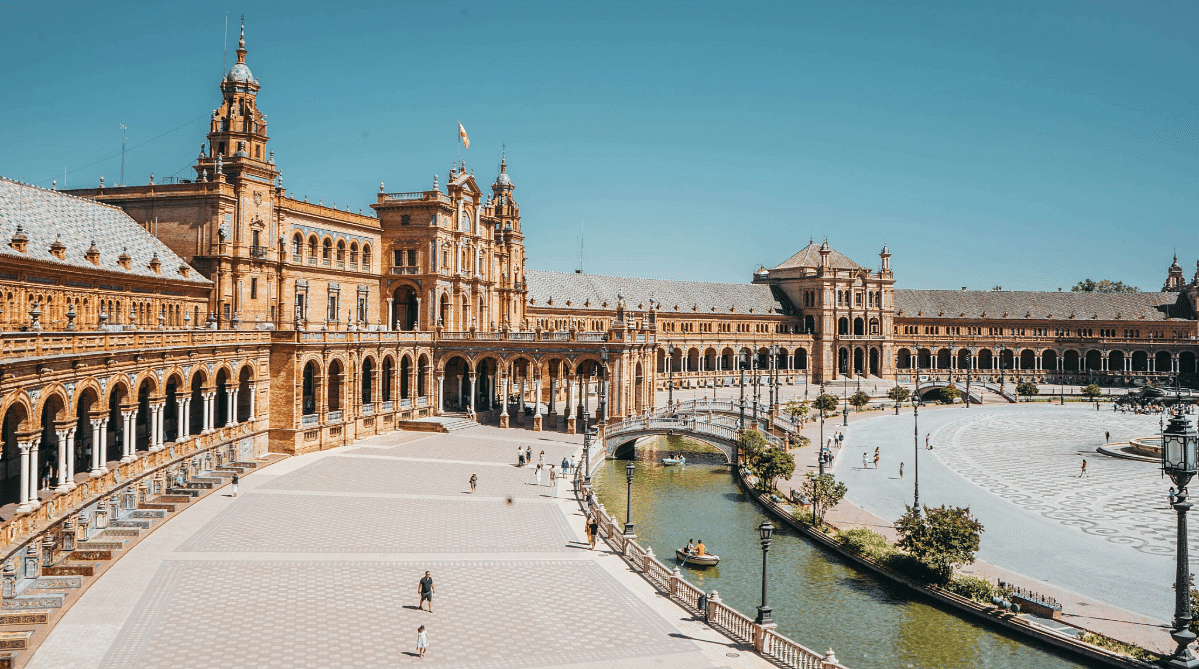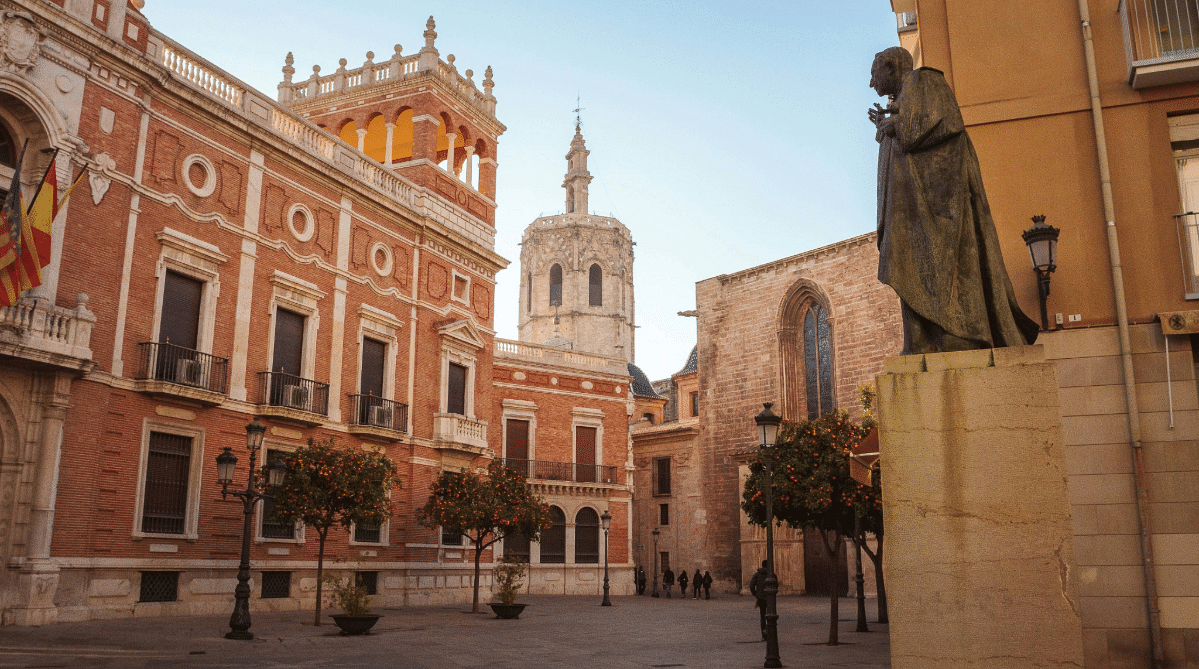
If you're planning to bask in Spain's glowing sunshine, get caught up in the whirl of its vibrant festivals, or marvel at its rich heritage, you've come to the right place. This comprehensive guide will explore the best time to visit Spain, taking into account the country's diverse seasons, regional variations, and iconic local festivities.
In this guide:
- Why timing matters
- Best times to visit Spain: a seasonal guide
- Month-by-month breakdown
- Spain by region: best times to explore
- Travel tips for Spain
- Stay connected with a Spain eSIM
 Unsplash
Unsplash
Why Timing Your Visit to Spain Matters
Whether you're a beach lover, a history buff, or a party seeker, timing your trip to Spain right can significantly enhance your experience. As with any destination, Spain's weather, tourist traffic, costs, and event availability can vary greatly depending on the time of year you visit.
Spain generally experiences hot summers, particularly in the south, while winter can be quite cold in the north. The tourist seasons roughly follow the weather, with a spike in visitors during the hot summer months, while winter sees fewer tourists. Understanding these variations can help you avoid crowds, make the most of your budget, and ensure you experience Spain the way you want to.
 Unsplash
Unsplash
Best Times to Visit Spain: A Seasonal Guide
Spring (March to May)
Arguably the best time to visit Spain, spring offers milder temperatures, fewer tourists, and the fascinating Semana Santa (Holy Week) celebrations. Perfect for both city sightseeing and coastal escapades, spring allows you to avoid the summer crowds while catching the delightful Feria de Abril in Seville.
Summer (June to August)
While summer tends to be hot and crowded, particularly on the coast and in major cities like Barcelona and Madrid, it's also a time of numerous music festivals and joyful celebrations. Just be prepared for higher prices and book well in advance.
Fall (September to November)
As the summer crowds thin out, fall brings a beautiful change in the scenery, especially in the northern regions of Galicia, Asturias, and the Basque Country. With pleasant weather persisting into late October, it's also a good time for wine tours, particularly in La Rioja and Catalonia.
Winter (December to February)
While northern Spain can be quite chilly and rainy during winter, it's a great time to visit the south for some off-season sunshine. Madrid and Barcelona still offer lots of cultural events, while ski enthusiasts can hit the slopes of the Pyrenees. Plus, December holds one of Spain’s largest lotteries, El Gordo, a thrilling event to participate in or watch.
 Unsplash
Unsplash
Month-by-Month Breakdown
To help you plan even better, here’s a brief overview of what to expect each month in Spain:
- January: skiing in the Pyrenees and Epiphany celebrations
- February: colorful Carnival celebrations
- March: coastal explorations and Las Fallas festival in Valencia.
- April: Semana Santa and Feria de Abril
- May: city breaks and the Patio Festival in Cordoba
- June: start of music festival season and Corpus Christi celebrations
- July: San Fermín running of the bulls in Pamplona
- August: La Tomatina tomato throwing festival in Buñol
- September: grape harvesting begins in wine regions
- October: autumn leaves in Serranía de Cuenca
- November: city breaks and All Saints Day
- December: Christmas markets and the legendary El Gordo
 Unsplash
Unsplash
Spain by Region: Best Times to Explore
Spain's varied terrain results in differing climates throughout the country. Northern Spain, including coastal regions and highlands, tends to be cooler and wetter. In contrast, Southern Spain, particularly Andalucía, experiences hotter summers and milder winters.
Central Spain, including Madrid, experiences continental weather patterns — very hot in the summer and quite cold in the winter. Meanwhile, the eastern coastal regions, including Barcelona, offer mild, humid winters and hot, dry summers.
Travel Tips for Spain
To make the most of your Spanish adventure, consider these handy tips.
Avoiding Crowds
If you prefer a calmer ambiance, avoid July and August when most tourists visit. Also, book your tickets in advance for popular tourist attractions.
Budgeting
Off-peak travel during the winter season can significantly bring down costs, except during Christmas when flights and accommodations may be pricier.

Stay Connected With an eSIM From Airalo
No matter when you travel, stay connected with an Airalo eSIM. Airalo gives you access to affordable eSIMs for 200+ countries and regions — including Spain.
Why Airalo? Here are a few reasons to use an Airalo eSIM when you travel:
- Connect to a mobile network within minutes of arrival.
- Choose from flexible local, regional, and global data plans.
- Eliminate the need to find a local SIM vendor.
- Say goodbye to expensive roaming charges.
- Store multiple eSIM data plans on your device.
- Running out of data? Top up in the Airalo app.
Planning a trip to Spain? Get a Spain eSIM to stay connected during your trip.




